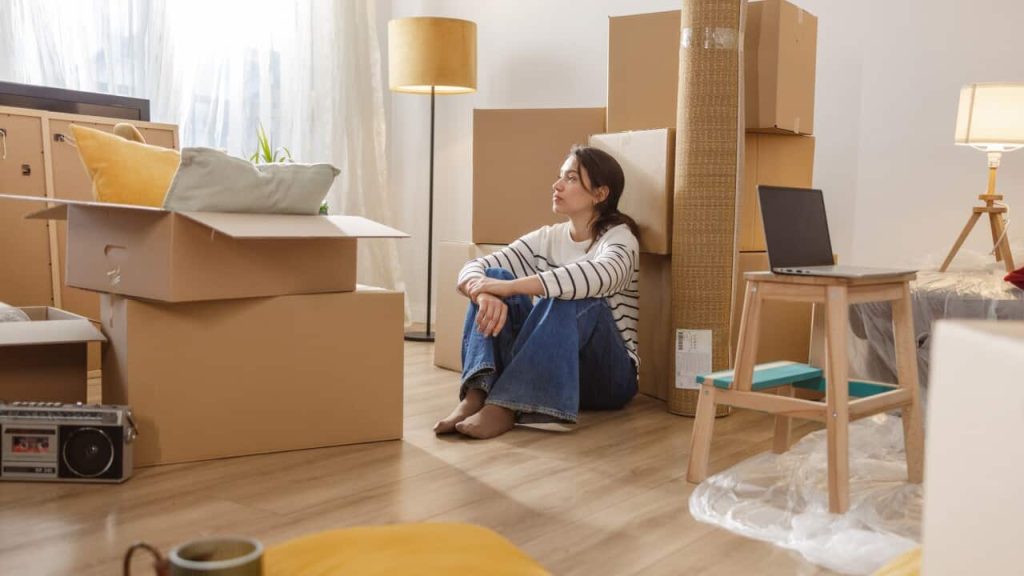Improving the Lives of Renters in Australia
The Shift Towards Long-Term Renting
Australians are being forced to rent for longer, despite most saying they would prefer to own their homes for the long-term stability, ability to make modifications, and freedom to own pets.
Renting, which was once seen as a transitional phase towards homeownership, has now become a long-term reality for many Australians, according to the report.
Barriers to Homeownership
The cost of homes in Australia remains the biggest obstacle for renters aspiring to buy a property, with nearly 60% expressing little to no confidence in ever being able to afford a home.
Financial constraints were identified as the primary motivation for renting, with respondents citing affordability issues and the inability to save for a deposit as key factors.
Desire for Homeownership
Despite the challenges, the majority of renters (80%) still consider owning a home as their ultimate goal.
The willingness to pay more for rental properties that offer above-standard amenities and lease terms underscores the importance of quality of life for renters.
Addressing Tenant Concerns
Several states and territories have taken steps to address tenants’ concerns and improve rental conditions in recent years.
Experts suggest moving towards a model of build-to-rent apartment blocks managed by corporate landlords or community housing sectors to offer more secure and professional rental arrangements.
Enhancing Complaints Processes
Greater regulation and oversight of the tenancy system are needed to improve the rental experience for tenants in Australia.
State and territory regulators need to take a more proactive role in enforcing tenancy agreements and addressing issues such as property standards and rent increases to create a more balanced rental market.

Source: SBS News

